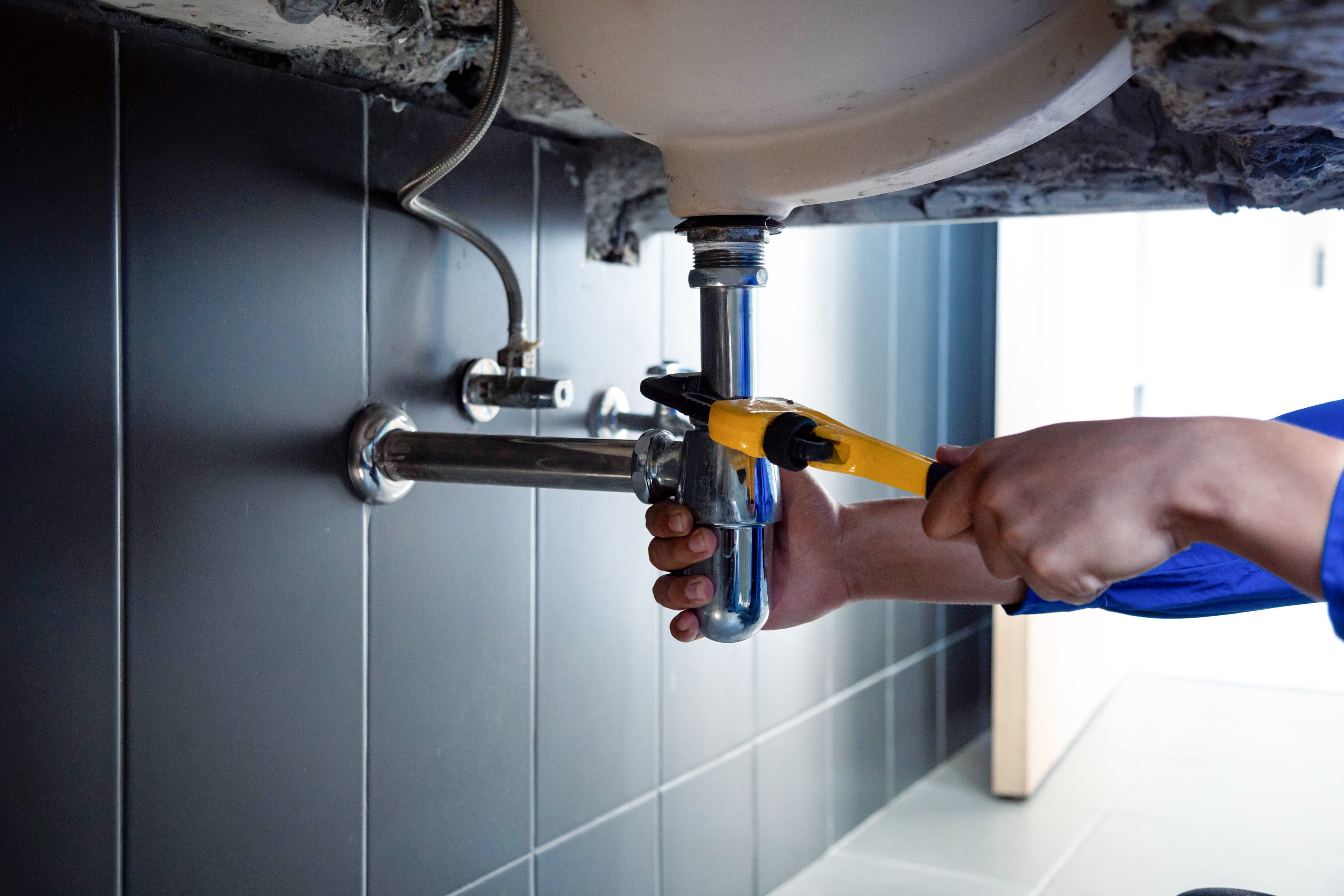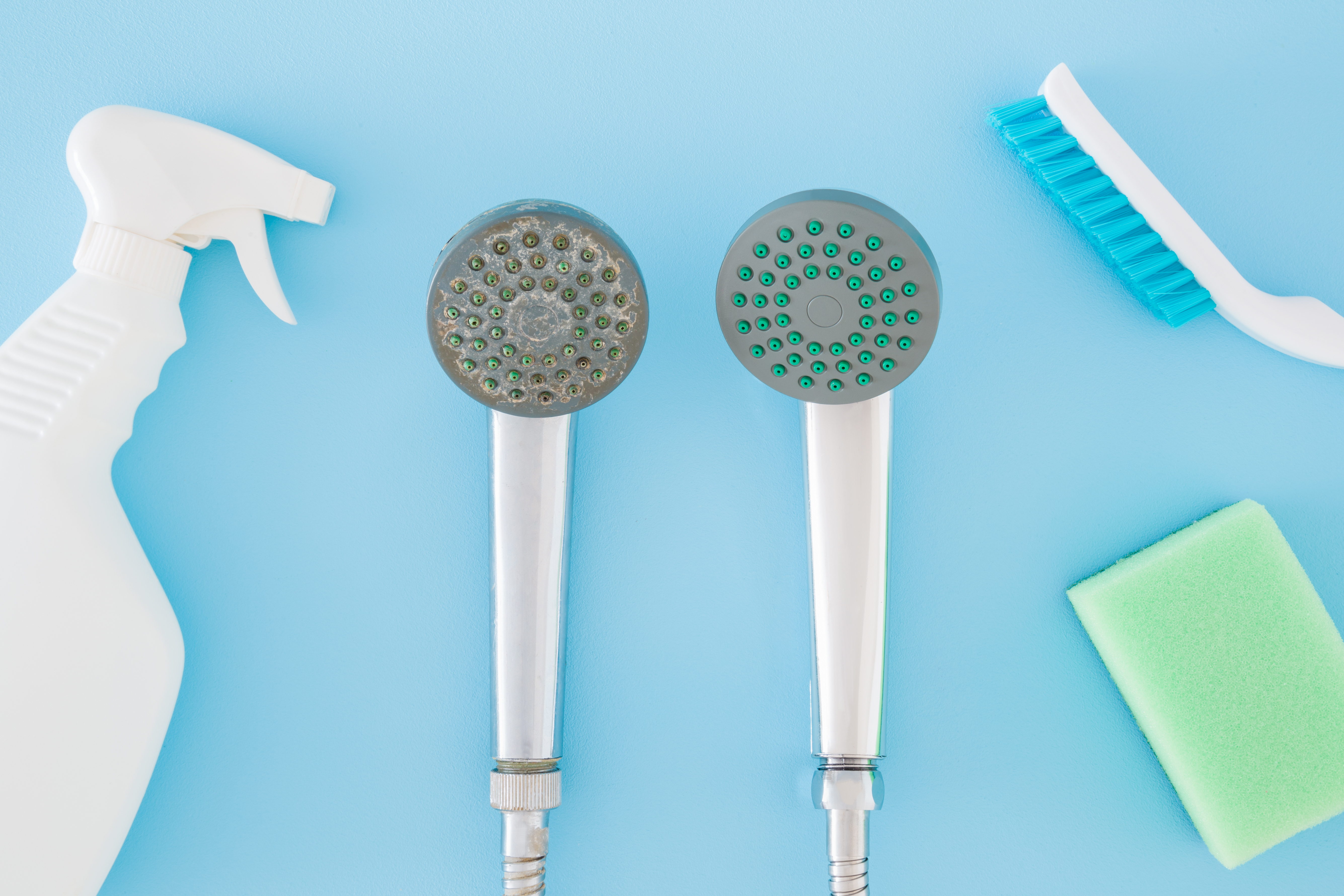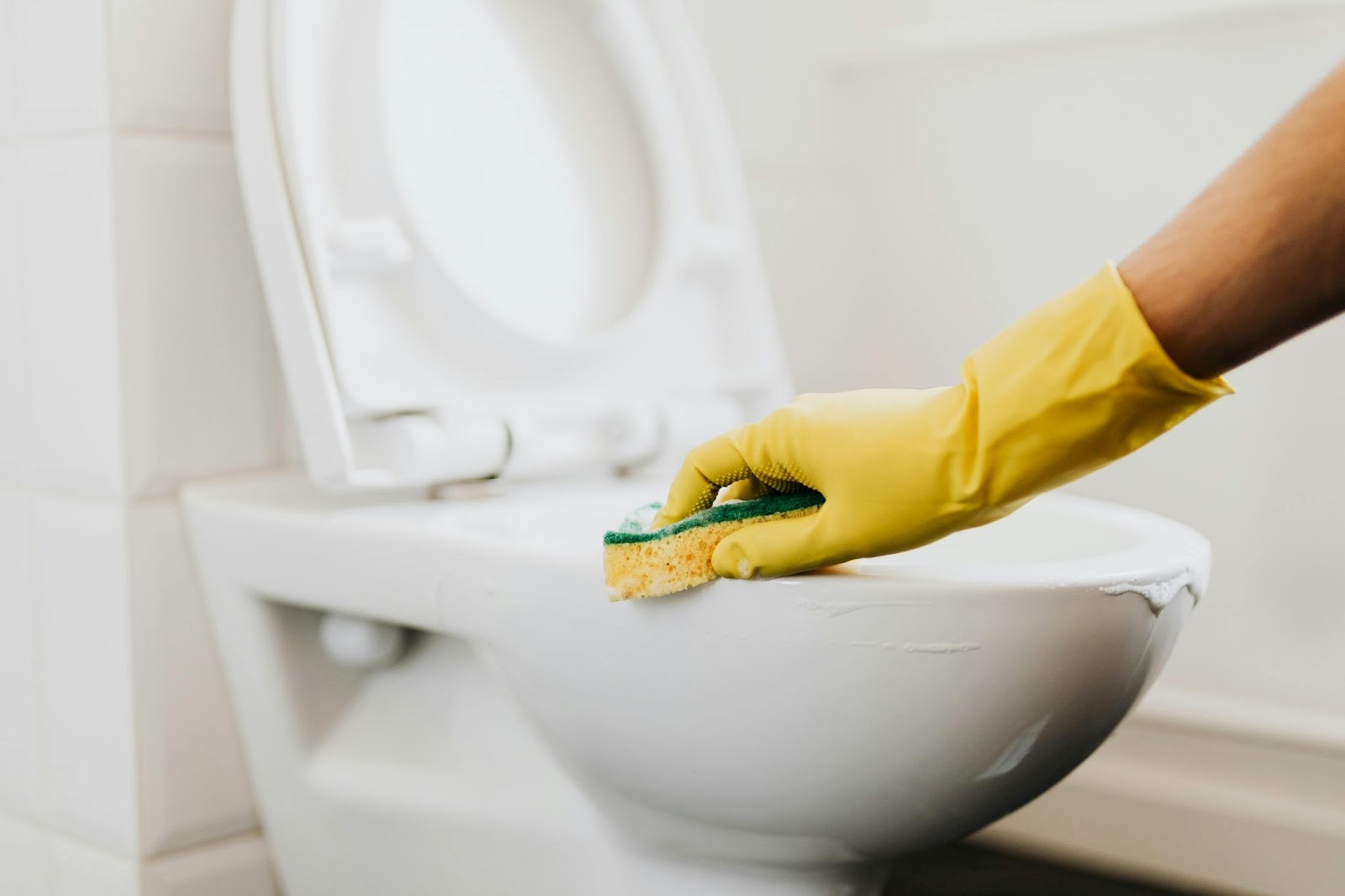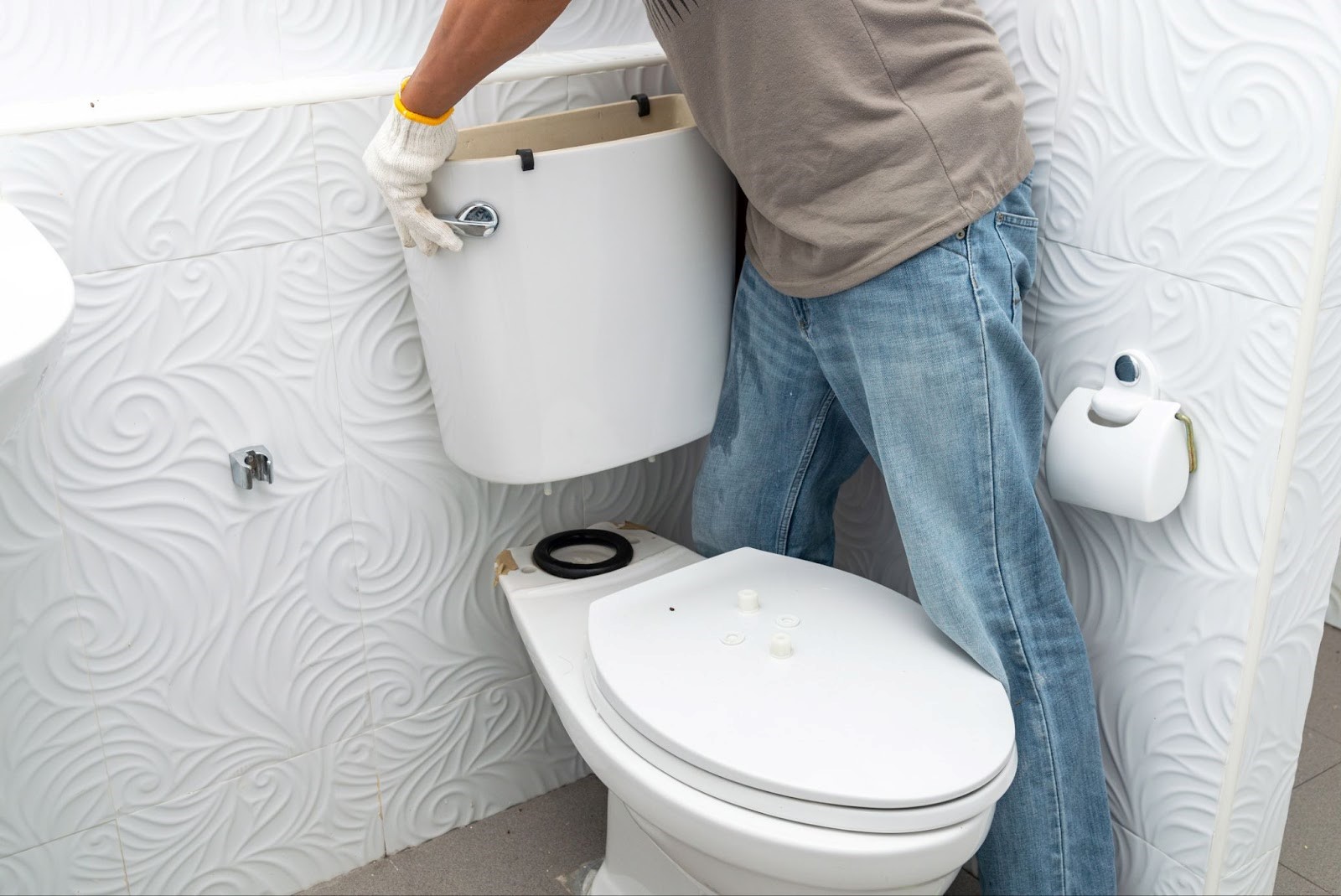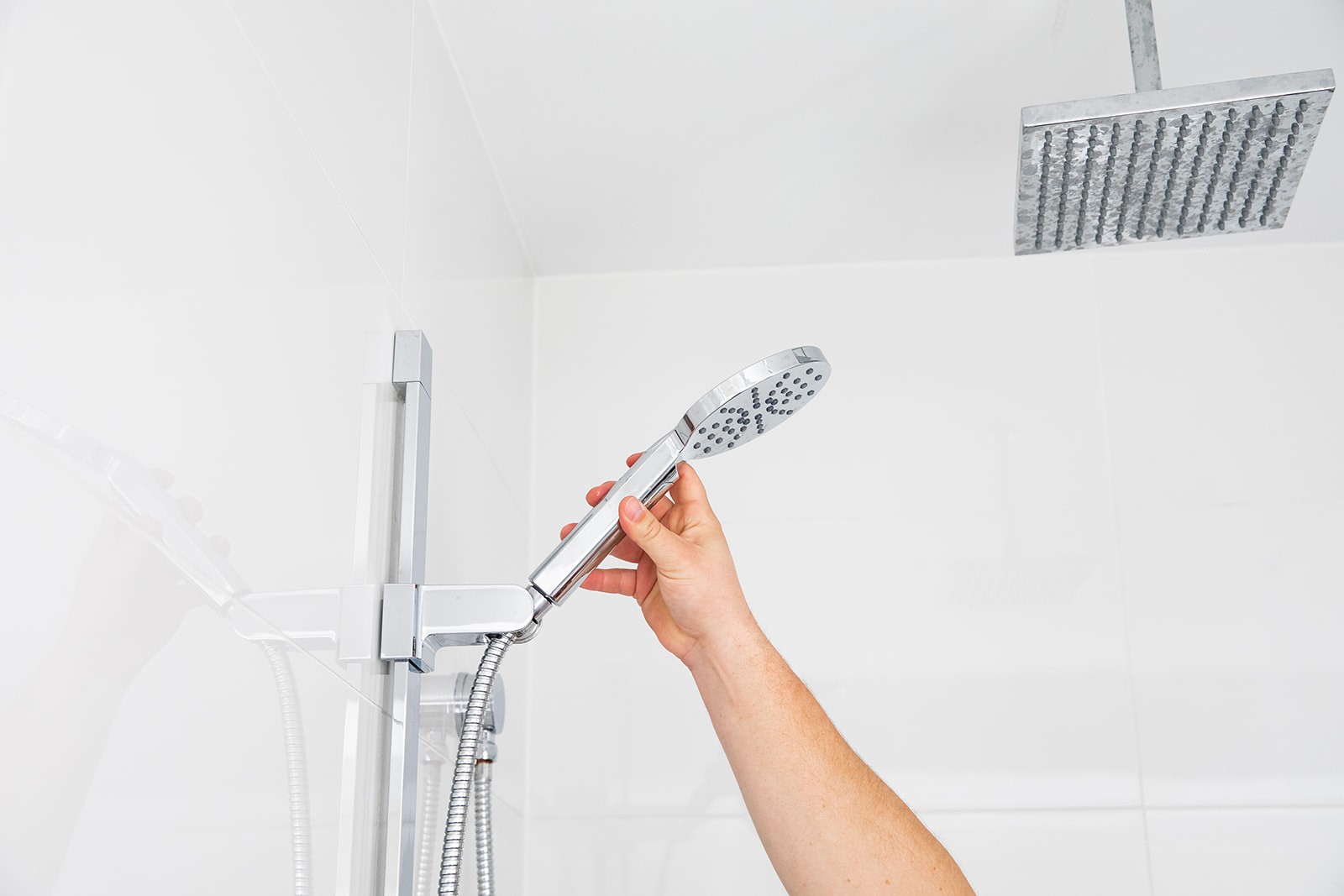Storm drains play a vital role in preventing rainwater from pooling and flooding your property. Unfortunately, many Australian property owners aren’t very familiar with storm drains and how they work, or more importantly, how to maintain them and how to prevent storm drains from clogging. This can be a serious problem, especially during storm season and with a 3rd La Niña year predicted for the east coast of Australia in a row in 2022, the effects might be even worse.
Properly maintaining your storm drains will help to protect your property by making sure water is safely and effectively channelled away from your home and into a drainage system. In this storm drain guide, we cover everything you need to know regarding storm drain maintenance in order to keep them clog-free and functioning as they should.
At DCM Plumbing, our Gold Coast plumbers are fully qualified, insured and ready to respond to all of your plumbing needs. We have extensive knowledge and experience within the industry and can get to you fast, so if you need help with blocked stormwater drains, contact us immediately. Got a blocked drain? Read blog on how to clear a blocked drain.
What Is La Niña?
La Niña is an atmospheric and oceanic phenomenon serving as the wet counterpart to El Niño. During a La Niña year like we have on the Gold Coast this year in 2022 (and last year… and the year before), the waters of the equatorial Pacific undergo widespread cooling, sparking widespread changes in weather conditions and patterns. Here in Australia, this usually results in torrential rains and storms, greatly increasing the risk of flood. With this year being the third official La Niña in a row, it is set to be a historical storm season that could see floods across the entire east coast of Australia – so make sure you’re prepared!
When Is Storm Season in Queensland?
According to the Queensland Government, storm season is from October to April. They state that it is vital that you remain vigilant and prepare for storm season. Queensland is the most disaster-prone state in Australia and so these government warnings should not be taken lightly, and that’s why we recommend staying on top of your stormwater drain maintenance to avoid any unnecessary flooding!
What is a Stormwater Drain?
Without storm drains, rain flowing from roofs, through gutters, downpipes and along driveways would simply collect and eventually flood a property or area. But, what exactly is a storm drain?
A storm drain, or stormwater drain, is a type of drain that is designed to remove excess rainwater from roads, pavements, car parks, etc. As such, storm drains are an integral aspect of property drainage and flood prevention. Storm drains are usually not metallic and are made of concrete, PVC, vitrified clay, precast cement, or brick.
How Does a Stormwater Drain Work?
There are two primary types of storm drain systems – local and civil drain systems.
Local Drainage
Most properties need ways to deal with rainfall so that they don’t flood every time it rains! This typically involves channelling the water to down pipes which then join stormwater pipes, where it can be discharged effectively. Local drainage is usually done through simple methods such as gutters, landscaping, drainage pits etc. It may also require facilities with which to temporarily store excess water (on-site detention systems or OSDs) to prevent the overload of civil drains (local creeks, watercourses etc).
Civil Drainage
Civil drainage is larger scale and involves taking runoff stormwater from densely populated areas and slowly releasing it back into nature. Often, these systems will use naturally occurring features such as oceans or lakes as the end disposal location of the stormwater.
How Does a Storm Drain Become Clogged?
Learning how to maintain your pipes for storm season will help keep your property safe and dry. While plumbing skills are typically not needed, at least not initially, knowing where your storm drains are and keeping them maintained and free of debris will go a long way in protecting your home. Here are a few things to look out for to keep your property safe and ready for storm season, and be sure to contact us today if you need help with blocked stormwater drains.
Collapsed pipework
Collapsed or crushed pipework is a common cause of blocked stormwater drains. It can be caused by deterioration over time or ground movement – a vital reason why checking your stormwater drains regularly can save you a lot of stress in the long run. Better to spot any deterioration early!
Natural Debris
Stormwater drainage can become clogged by many things, but one of the most common causes of clogging is natural debris. Leaves, twigs, branches, rocks, sand, dirt and even grass clippings can all build up and block stormwater drains. If this occurs, water will not be able to drain properly and may potentially flood the area.
Tree Roots
Tree roots are another common cause of stormwater drain clogs. They are able to grow right through certain drain pipes in search of water. As the roots grow over time, they can become big enough to completely clog the drainage system.
If you notice any serious issues with your storm drains and you live in the Gold Coast area, contact us today. We have years of experience in dealing with storm drains and can make sure that your drains are working as they should.
Signs and Consequences of a Clogged Storm Drain
When a storm drain becomes clogged or blocked by debris, water will no longer be able to properly drain away from your property, which can cause flooding and severe damage to your home or property. Some of the costly signs and consequences of a clogged storm drain include:
- Basement and/or ground floor flooding
- Water damage
- Structural damage
- Mould damage
- Damaged lawn and landscaping
How to Prepare for Storm Season in Queensland
If you want to know how to prepare your stormwater drainage system for storm season in Queensland, check out our blog on how to unblock stormwater drains. Here’s a brief recap:
- Clean your drains regularly
- Recognise the warning signs of a clogged storm drain
- Have gutter guards and stormwater grates installed
- Plan the structure of your property carefully (don’t obstruct drainage areas)
- Allow a professional to do your plumbing
Choose DCM Plumbing for Your Storm Drain Maintenance Needs
While you can’t see a storm drain, you’ll notice it when it backs up as your property will start flooding. The only visible points are where it exits your property into the street or a drainage pit, which may be council owned or on your property, and it’s important to employ good storm drain maintenance practices to keep these points clear of debris.
If you notice water pooling in your yard, you may have a blocked stormwater drain. We help people clear blocked stormwater drains and can also add extra drainage and stormwater pits to increase the speed at which rain from heavy downpours can get into the main stormwater drainage system. This means flooding is less likely to occur on your property! So, to avoid costly water and property damage, contact us today.



